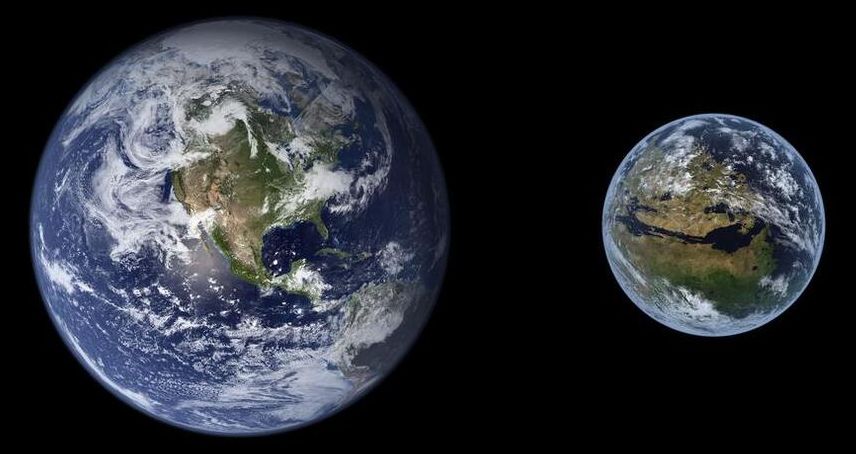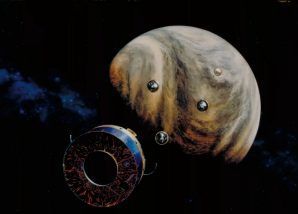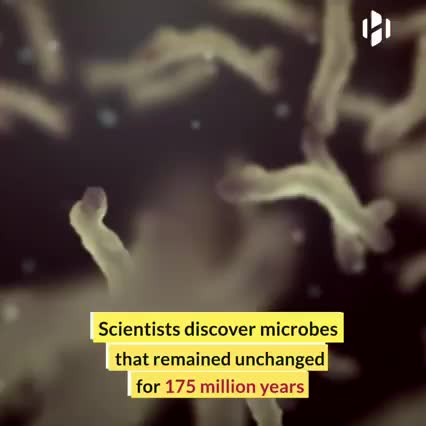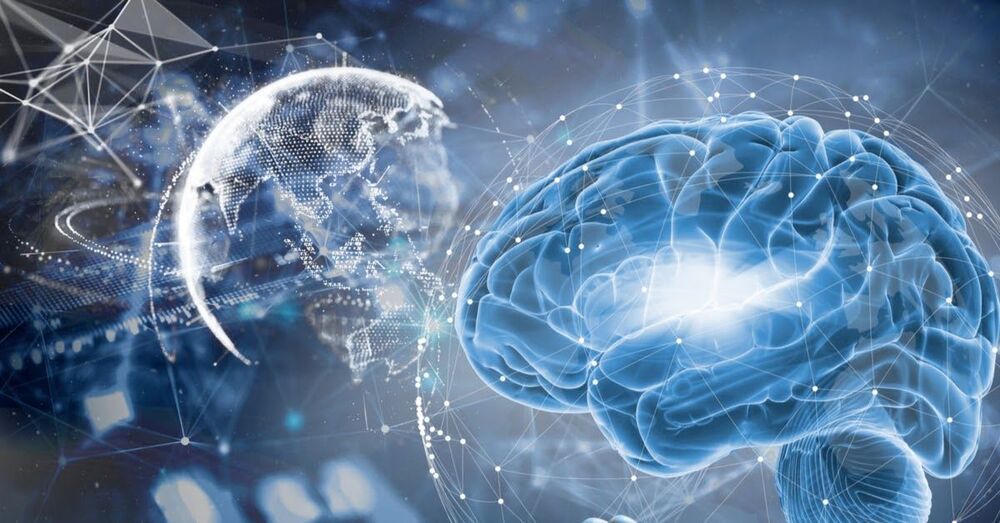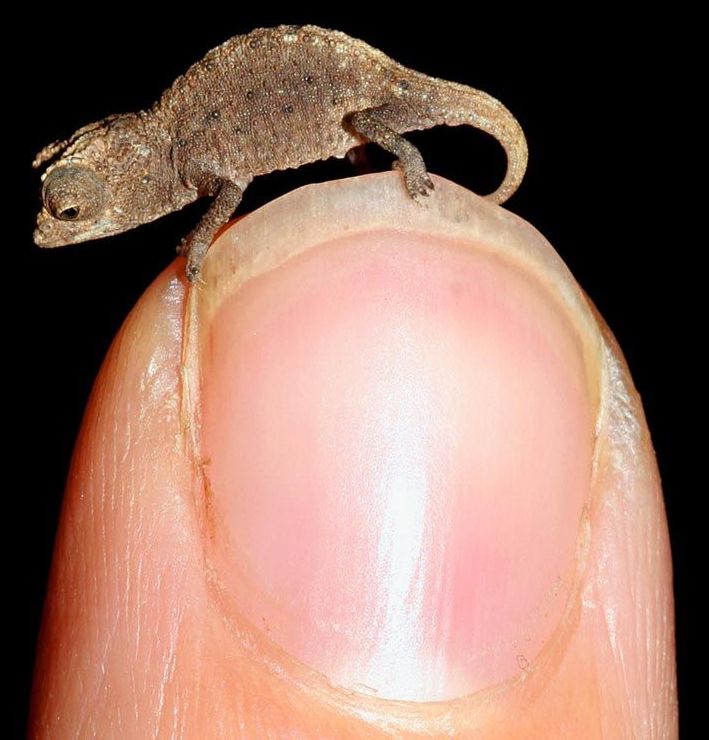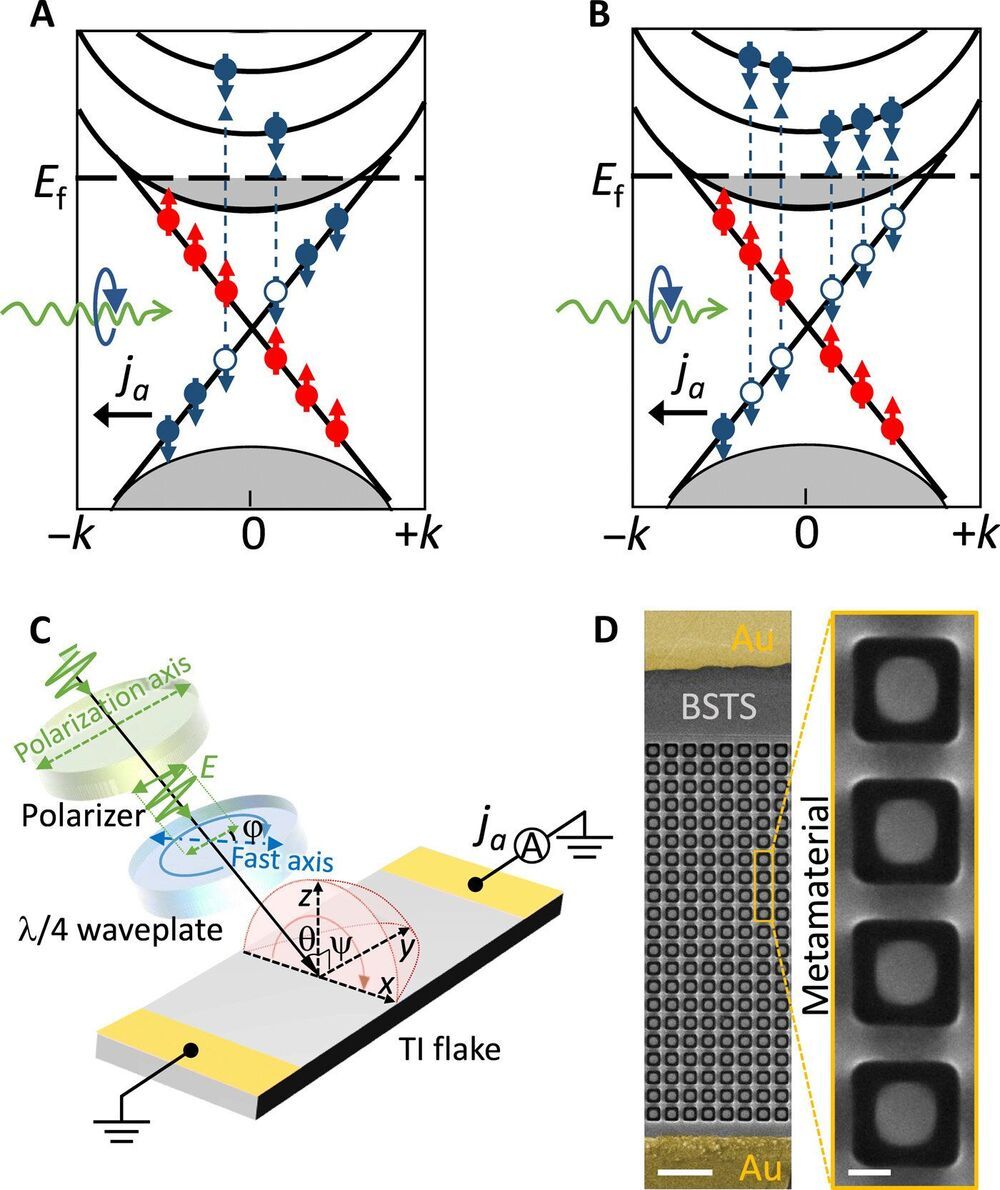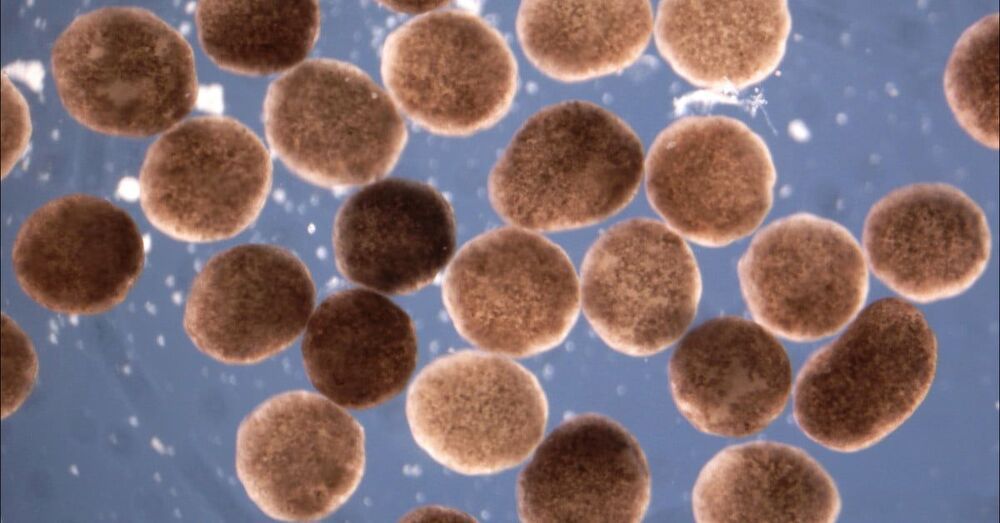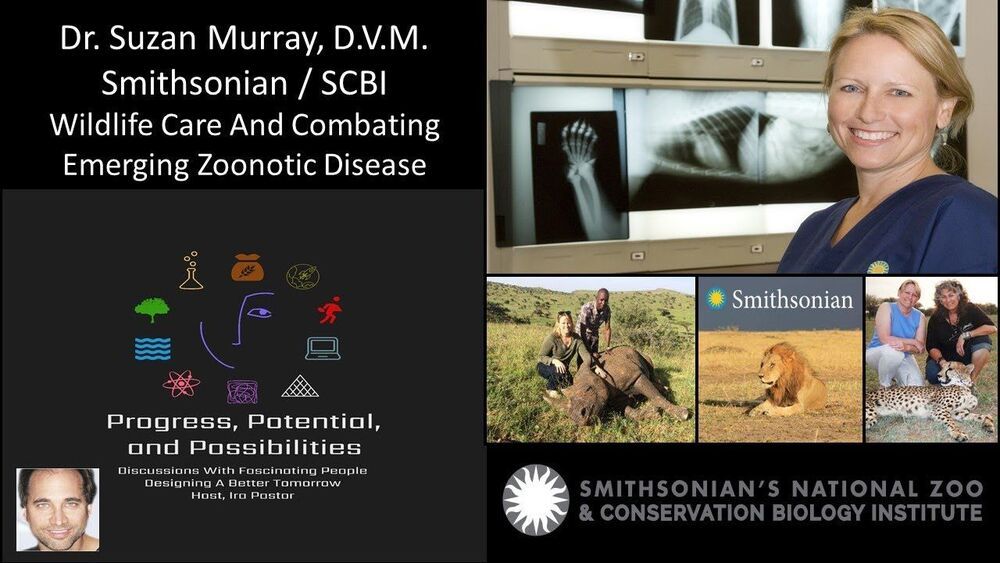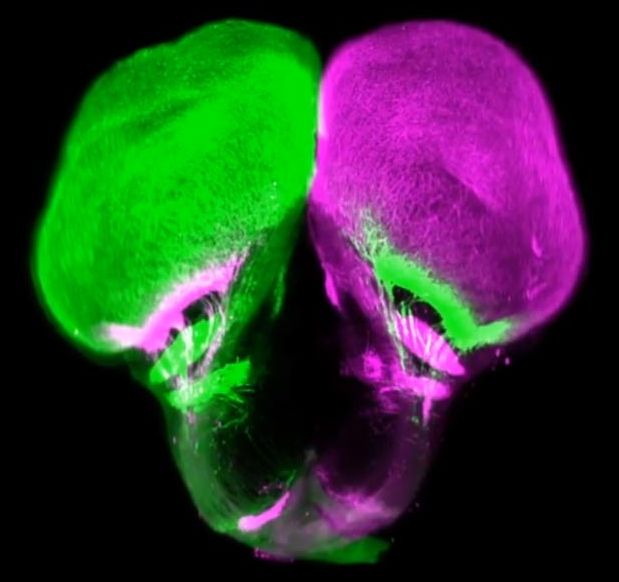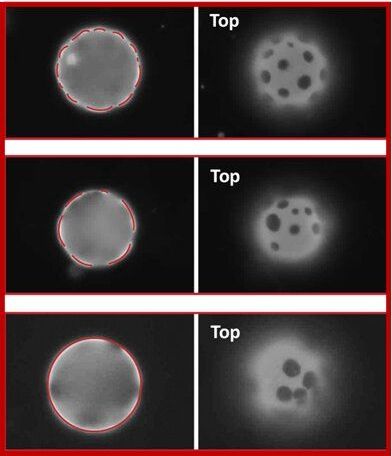Apr 21, 2021
Approaching a Singularity, When The Number of Humans Alive Will Equal The Number Who Have Ever Died
Posted by Jeremy Dylan Batterson in categories: bioengineering, biological, genetics, life extension, nuclear energy, singularity, sustainability
There are several key technologies converging on an inevitable effect, namely a dramatic, explosive increase in human population. Currently around 40% of Earth’s total land area is dedicated to agricultural production to feed seven billion people, but, interestingly, while the human population will increase, the land area required to sustain this population will decrease, approaching zero land area to sustain a trillion human lives. In this era, bulk elements such as gold will have no value, since they will be so easy to produce by fusion separation of elements from bulk rock. Instead, value will be attached to biological material and, most importantly, new technologies themselves.
The several key emerging technologies that make this state of affairs unstoppable are listed along with aspects of their impact:
1) Most important is fusion energy, an unlimited, scalable energy, with no special fuel required to sustain it. This will allow nearly all agriculture to be contained in underground “vertical farm” buildings, extending thousands of feet downwards. Cheap artificially-lighted, climate-controlled environments will allow the maximum efficiency for all food crops. Thus, agriculture will take up close to zero surface area, largely produced underground on Earth or the Moon.
